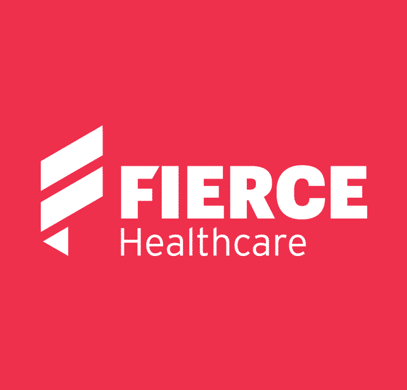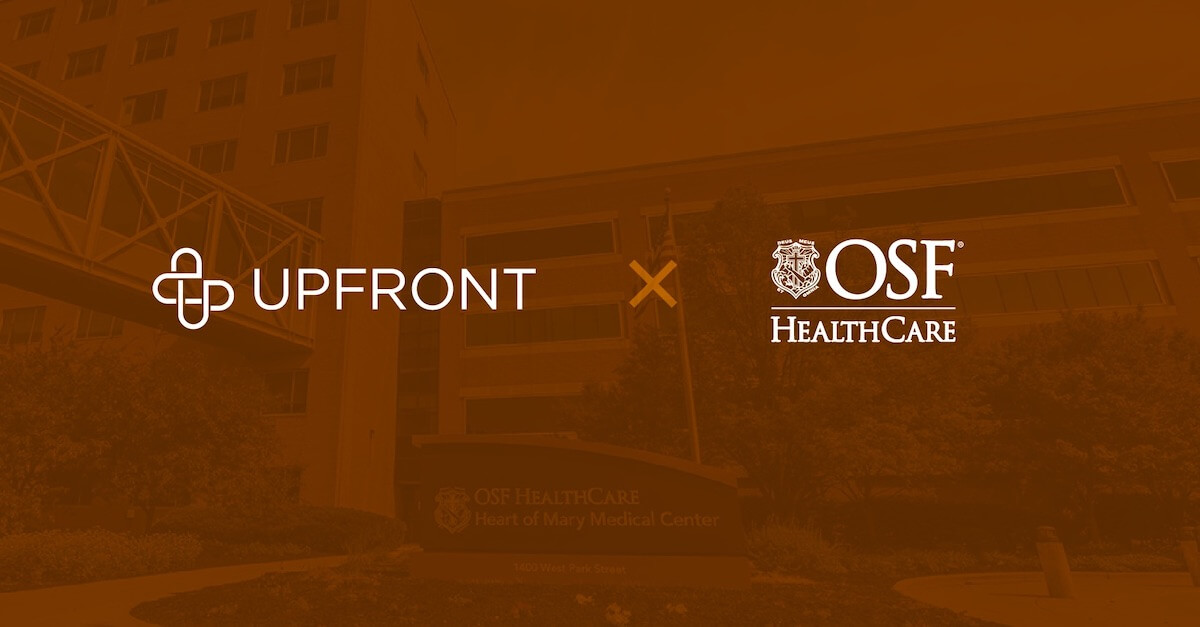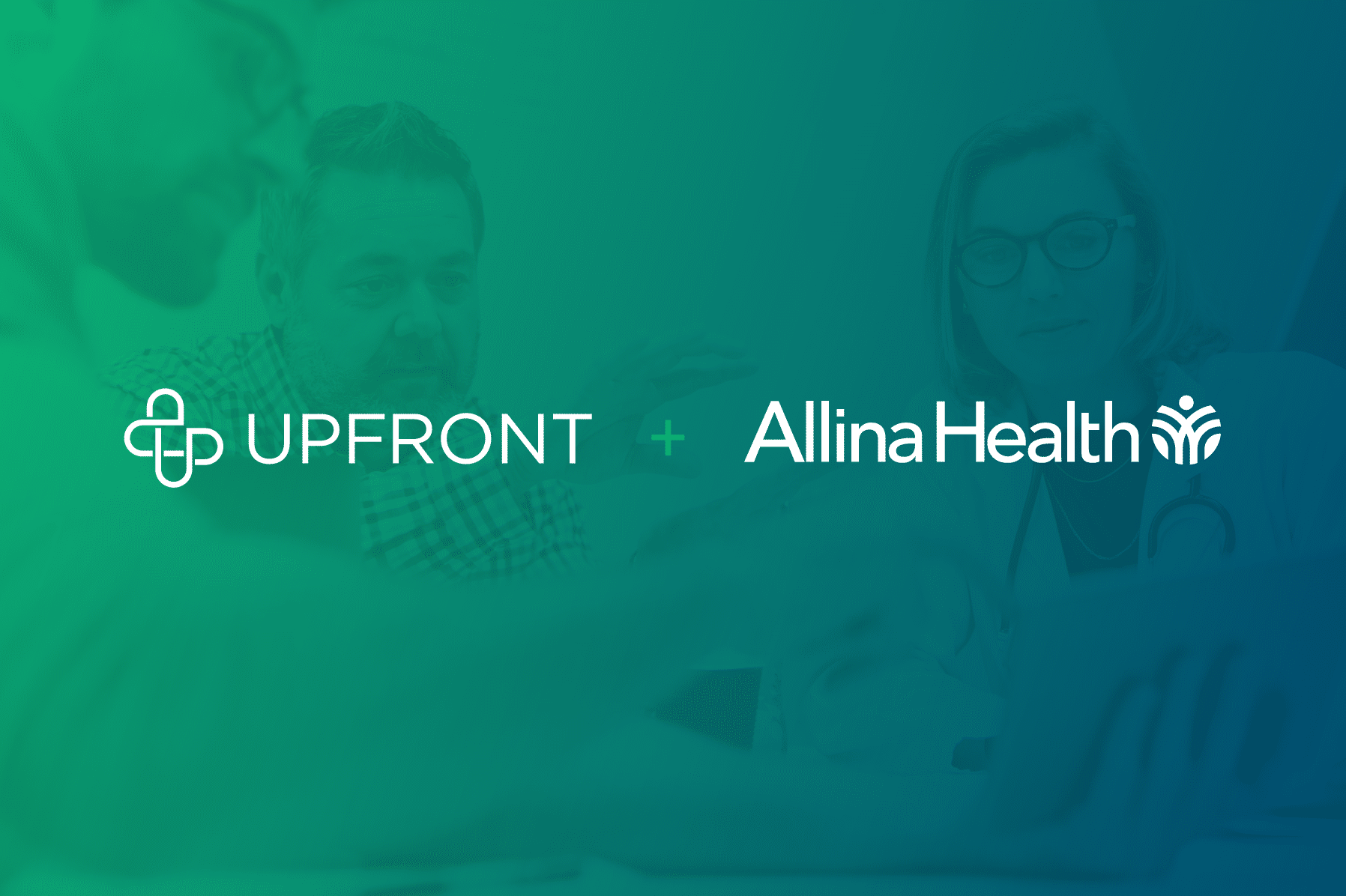If there is anything to be said about the last few years, patients are eager for better healthcare experiences, whether it’s patient engagement or care quality. It’s why healthcare consumerism has been a large area for growth in the industry over the last decade.
But long before this, there was a time where hospitals weren’t measured at all for their patient satisfaction. That changed with HCAHPS scores.
What are HCAHPS scores?
The Centers for Medicare and Medicaid Services (CMS) was in need of a nationally regulated service that kept track of patient’s hospital experiences. While hospitals had their own internal surveys, it didn’t allow for them to be compared nationally for justifiable reasons. So in 2002, Hospital Consumer Assessment of Healthcare Providers and Systems (HCAHPS) scores were created to make a standardized process of tracking patient’s reviews of their care experience.
The survey, which is sent at random to adult patients 48 hours to six weeks after discharge, asks 29 questions about their hospital experience via mail, telephone, a mixture of the two or IVR. This can be done internally and sent to CMS (with approval) or done through an approved vendor. Updated four times a year and posted online, these scores help patients determine the hospital that’s right for them. However, for providers who don’t score so well, it can be a huge issue to their bottom line.
How Patient Engagement Can Help
Hospitals may not realize how bolstering patient engagement efforts can generate a powerful impact on HCAHPS scores. And it doesn’t take much to do it in most cases. Here are a few ways to use patient engagement to increase HCAHPS scores.
Patient-Friendly Platforms
When it comes to healthcare consumerism, one of the best approaches healthcare providers can take is to listen to what patients want and implement those changes. Patient engagement platforms that give patients options will always dominate the competition. For instance, allow patients the option to schedule their own appointments or to pay bills from a variety of payment options. And most importantly, make it easy for them to connect with their doctor when they need it most through a messaging option on the platform. Empowered patients will always rave about their hospital experience if they are given the tools to take charge of their health.
Simple Workflows
When low quality scores are hitting your organization hard, let workflows help navigate prioritize patient care. For instance, if a patient misses a physical therapy appointment or hits an unusual reading on their remote monitoring device, the platform will make a note that a doctor or nurse should reach out. This can make or break their health outcomes for patients with chronic conditions, but even small instances, like setting up reminders for appointments, annual exams, preventative care and post-visit next steps, can lead to powerful results.
Thanks to Upfront’s technology, workflows like this can be easily created and tweaked without using code, saving time and energy so that you can do everything possible to make the patient experience stellar.
Psychographic Segmentation
So maybe you’re already doing some of or everything already mentioned and it still isn’t enough. If patients aren’t receptive to subtle nudges from their provider, it might be that the nudges aren’t compelling enough. This is when psychographic segmentation can make a huge difference.
Psychographic segmentation is a segmentation model that uses ideals, values, lifestyles and beliefs to motivate patients to take action on their health. Patients are put into one of five segments to get a better idea of what motivates them based on their results from a quick classifier, and providers use that information to appeal to them based on their preferences.
These segments, listed below, represent the entire healthcare consumer population.
Self Achiever (21%): Self Achievers focus on their health goals and work with their provider to achieve. They consistently stay on top of their check-ups, medication and screenings.
Balance Seekers (15%): Balance Seekers are wellness-focused when it comes to their health. They like to look into a variety of sources and want to control what their healthcare journey looks like.
Priority Jugglers (12%): Priority Jugglers tend to be managing multiple responsibilities, so their health gets put on the backburner. But they will make sure their loved ones get the care they need.
Trustful Responders (15%): Trustful Responders are very trusting of their doctor and look to them for guidance due to their credentials. They may not follow their care plan perfectly due to their routine, but they try.
Willful Endurers (37%): Willful Endurers live in the moment and find that there are more important things to focus on than their health. They wait until it is absolutely necessary to go to the doctor.
By having insights on these types of consumers, you can use them to get a better idea of how specific patients will respond when sending reminders or using your platform, but also of an entire segment.
Willful Endurers, for example, are statistically more likely than the other segment to say their prior hospital experience is not very or not at all influential on their perception of the hospital. This is quite telling considering 37% of the general population is a Willful Endurer. But 86.1% of Self Achievers, 84.2% of Balance Seekers, 89% of Priority Jugglers and 83.9% of Trustful Responders feel that a prior experience at a hospital is extremely/very influential on their perception of it. This information and more just like it is vital for health systems that are trying to improve HCAHPS scores.
Through Upfront’s psychographic model, these insights can also be used to tweak messaging to fit healthcare consumer preferences & encourage engagement. And if they don’t engage for whatever reason, the system tweaks their preferences to fit their needs.
While these changes may not instantly change HCAHPS scores overnight, they can improve them over time, leading to better results, quality in care and happier and healthier patients.
Want to learn more about how to re-envision the patient journey? Take a look at our whitepaper with Fierce Healthcare.





